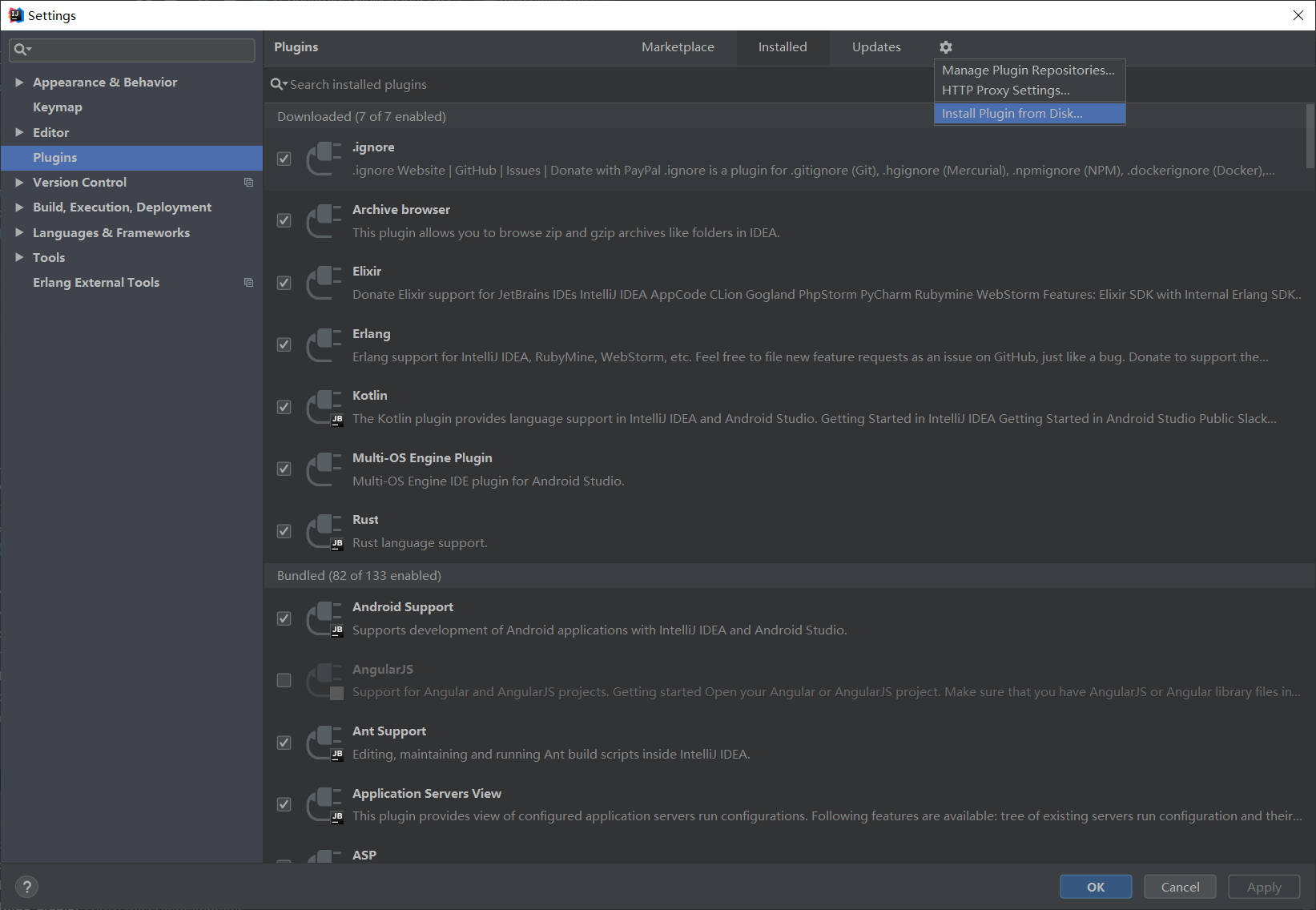


You can omit this field if you plan to deploy your project locally.ĪrtifactId - artifactId that is added as a name of your new project. Use these settings for future projects: select this checkbox to use the configured Gradle version in your future projects. Gradle version: if the wrapper option is selected, the latest Gradle distribution will be used unless you unselect the Auto-select option and select the specific version from the drop-down list.Īlternatively, if the Local installation was selected then the version you defined locally is used.Īuto-select: unselect this option to specify the Gradle version you want to use in your project. Gradle distribution: select Gradle wrapper that is a default preferable option or Local installation when you want to use the specific local Gradle version. The fields you specify are added to the adle file. These settings might be helpful if you decide to deploy your project to a Maven repository. In Advanced Settings, specify the fields which resemble the Maven coordinates. You can select Groovy for traditional syntax or Kotlin as an alternative. The selected Add sample code option will create a file with a basic code sample. The Gradle project sync will wait until the JDK is downloaded. If you don't have a JDK on your machine, IntelliJ IDEA can quickly download the JDK for you. Specify project's SDK (JDK) or use the default one. Select Gradle in the list of Build system. Click if you want to add other languages available via plugins. Select a language that you want to use in your project. You will be able to do it later at any time. Select the Create Git repository to place the new project under version control. Name the new project and change its location if necessary. Otherwise, select File | New | Project from the main menu. If no project is currently opened in IntelliJ IDEA, click New Project on the welcome screen. For more information, refer to the WSL section. You can also create a Gradle project and store it in the WSL environment or open it from the WSL file system. You can easily create a new Gradle project, open and sync an existing one, work with several linked projects simultaneously, and manage them. IntelliJ IDEA supports a fully-functional integration with Gradle that helps you automate your building process.


 0 kommentar(er)
0 kommentar(er)
